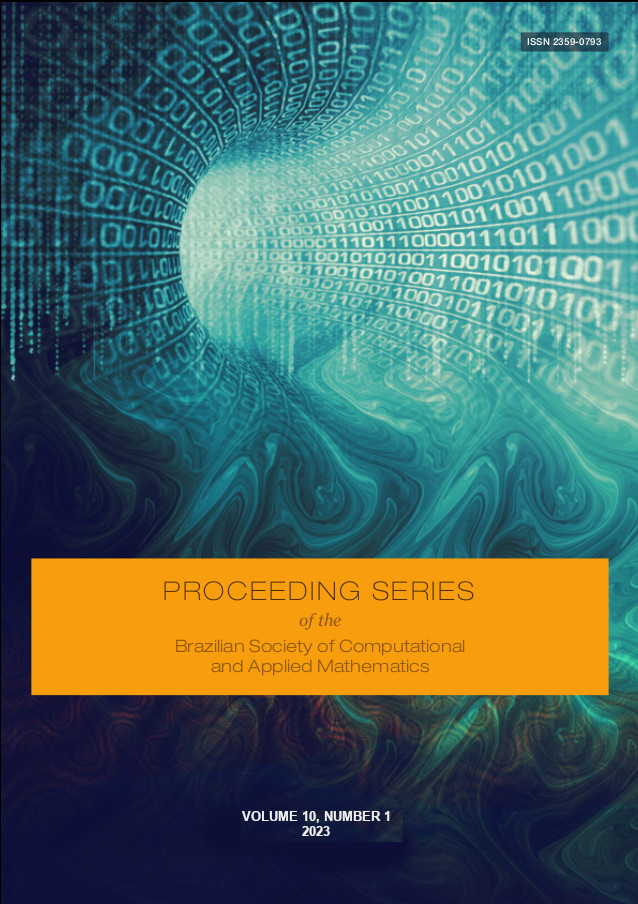Identification of the Sound Field Produced by Turbulent Jets Through the Use of a Neural Network.
Resumo
The development of quieter aircrafts is a strong requirement to achieve the social and ecological targets imposed on the modern aeronautical industry. To accomplish this task, it is necessary to use experimental and numerical methods in order to identify all important noise sources in the aircraft structure, allowing for the designers to intervene in the noise generating mechanisms to reduce noise emission and, as a result, conceive quieter aircrafts. Among a bunch of aircraft noise sources acting at typical operational conditions, turbulent jets are prominent source of noise [1]. [...]
Downloads
Referências
M. J. Lighthill. “On sound generated aerodynamically. I. General theory”. Em: Proceedings of the Royal Society of London A: Mathematical, Physical and Engineering Sciences 211.1107 (1952), pp. 564–587. doi: 10.1098/rspa.1952.0060.
E. Mollo-Christensen. “Jet Noise and Shear Flow Instability Seen From an Experimente’s Viewpoint”. Em: Journal of Applied Mechanics 34.1 (1967), pp. 1–7.
A. V. G. Cavalieri, T. Rodrigues D. J. Colonius e Y. Gervais. “Wavepackets in the velocity field of turbulent jets”. Em: Journal of Fluid Mechanics (2013), pp. 559–592.
A. V. G. Cavalieri, P. Jordan e L. Lesshafft. “Wave-packet models for jet dynamics and sound radiation”. Em: Applied Mechanics Reviews (2019). doi: 10.1115/1.4042736.
A. V. G. Cavalieri e A. Agarwal. “Coherence decay and its impact on sound radiation by wavepackets”. Em: Journal of Fluid Mechanics 748 (2014), pp. 399–415. doi: 10.1017/jfm.2014.186.
G. B Huang, H. Zhou, X. Ding e R. Zhang. “Extreme Learning Machine for Regression and Multiclass Classification”. Em: IEEE Transactions on Systems, Man, and Cybernetics 42.2 (2012), pp. 513–529.
G. B. Huang, Q. Y. Zhu e C. K. Siew. “Extreme learning machine: theory and applications”. Em: Neurocomputing 70.2 (2006), pp. .513–529.
G. B. Huang. “What are Extreme Learning Machines?” Em: in Cognitive Computation 7.3 (2015), pp. 263–278.

